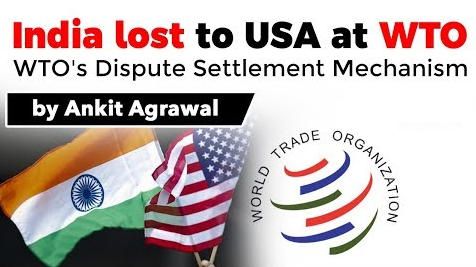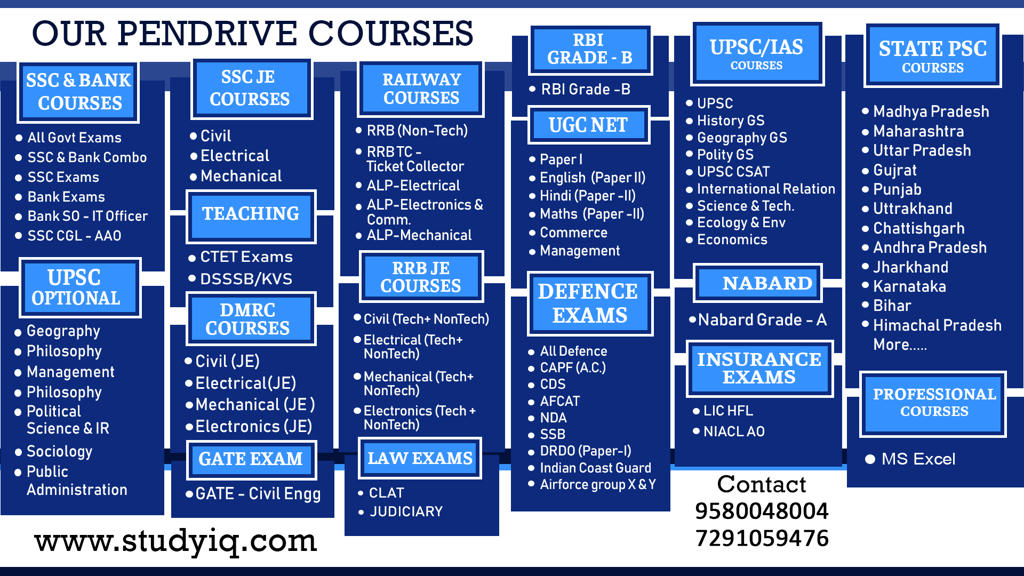Table of Contents


- The WTO officially commenced on 1 January 1995 under the Marrakesh Agreement, signed by 123 nations on 15 April 1994.
- It replaced the General Agreement on Tariffs and Trade (GATT), which commenced in 1948.
- Director-General – Roberto Azevedo

WHAT ARE EXPORT PROMOTION SCHEMES?
- These are those public policy measures which actually or potentially enhance exporting activity at the company, industry, or national level.
- The main goal of the export promotion is to prepare the “potential” industries for competition with the foreign rivals.
BACKGROUND

- To cover up these deficit, GOI run many export promotion schemes. Some of these are-
- Export-oriented units scheme, including Electronics Hardware Technology Parks Scheme, Bio-Technology Parks Scheme
- Merchandise Exports from India Scheme
- Export Promotion Capital Goods Scheme
- Special Economic Zones
- Duty-free imports for exporters programme.
WHAT US GOVERNMENT DID IN WTO?
- On March 14 2018, the US had dragged India to the WTO’s dispute settlement mechanism over New Delhi’s export incentive schemes.
- The US had alleged that these schemes were harming American companies.
WHAT HAPPENS AT WTO’S DISPUTE SETTLEMENT MECHANISM?
- The task of adjudicating disputes is delegated to the Dispute Settlement Body (DSB).
- It is a special assembly of the WTO’s General Council, which includes all WTO members.
- The process of dispute settlement begins with a request for informal consultations between the parties.
- If the consultations fail to resolve the dispute, the complaining party may request the appointment of a 3 member investigative panel.
- After receiving oral and written submissions from the parties, the panel issues its report and recommendations.
SO WHAT THE REPORT SAYS?
- Final report circulated on Thursday, a three-member dispute settlement panel comprising
- Jose Antonio S. Buencamino, Leora Blumberg, and Serge Pannatier
- It ruled that India’s export promotion schemes violated several provisions of the WTO’s subsidies and countervailing measures (SCM) agreement.
WHAT IS SUBSIDIES AND COUNTERVAILING MEASURES (SCM) AGREEMENT?
- Under Article 3.1 of the WTO’s SCM Agreement, developing countries with gross per capita of $1,000 per annum are not entitled to provide export subsidies.
- Whereas India has per capita income of more than $2,000.
TIME GIVEN TO INDIA TO COMPLY WITH THE RULING?
- The panel has ruled that India must withdraw all the schemes within a time period of 90-180 days.
- Although India maintained that the subsidies programs will be discontinued, as per the government’s announcements in 2015 and 2017, New Delhi has not yet scrapped the five programmes.
IS EVERYTHING AGAINST INDIA IN THE REPORT?
- India secured some relief when the panel rejected US claims “that the exemption from central excise duty on domestically procured goods“ to export-oriented schemes are inconsistent with core provisions of the SCM agreement.
HOW WILL IT IMPACT INDIAN COMPANIES?
- It will certainly have an impact on exports made by Indian companies.
- Specially, producers of steel products, pharmaceuticals, chemicals, information technology products, textiles, and apparel.
WHAT OPTIONS AVAILABLE WITH INDIA?
- India is like to challenge the panel’s ruling at the appellate body within a month.
- Till the judgement of appellate body, the ruling will remain dormant.
WHAT IS WTO’S APPELLATE BODY?
- The Dispute Settlement Body (DSB) appoints the 7 members of the WTO’s Appellate Body.
- The Appellate Body may uphold, modify or reverse the panel’s report.
- A panel or Appellate Body report must be adopted by the DSB without amendment.
- The respondent may request a reasonable time to comply with the recommendations of a report.
- If the respondent fails to comply, the complainant may seek compensation.
- India has already set the ball rolling to replace the MEIS.
- It has proposed the Remission of Duties or Taxes on Export Product (RoDTEP) scheme.
- This would come into force from January 1, 2020.
Latest Burning Issues | Free PDF






















 WhatsApp
WhatsApp